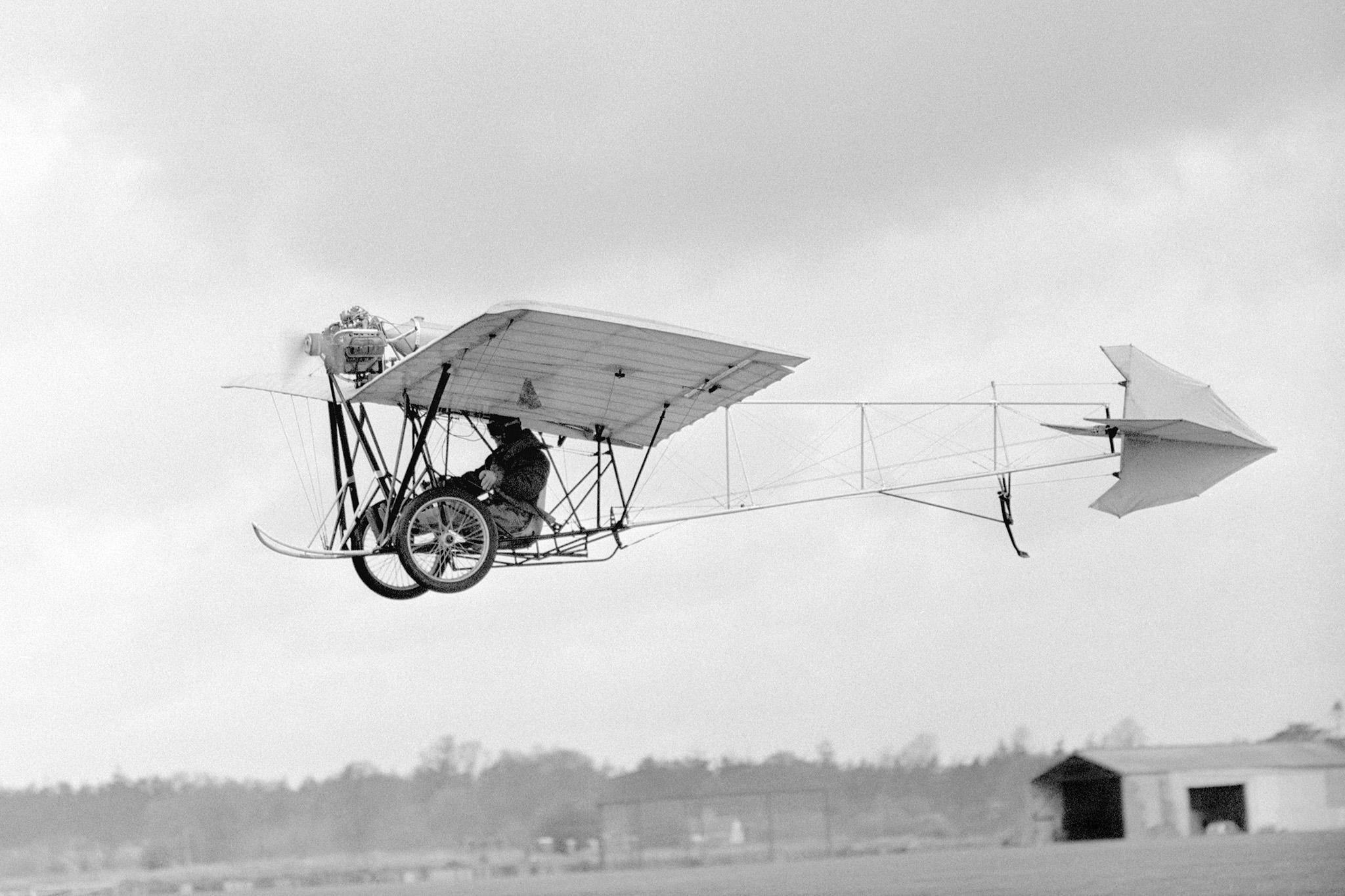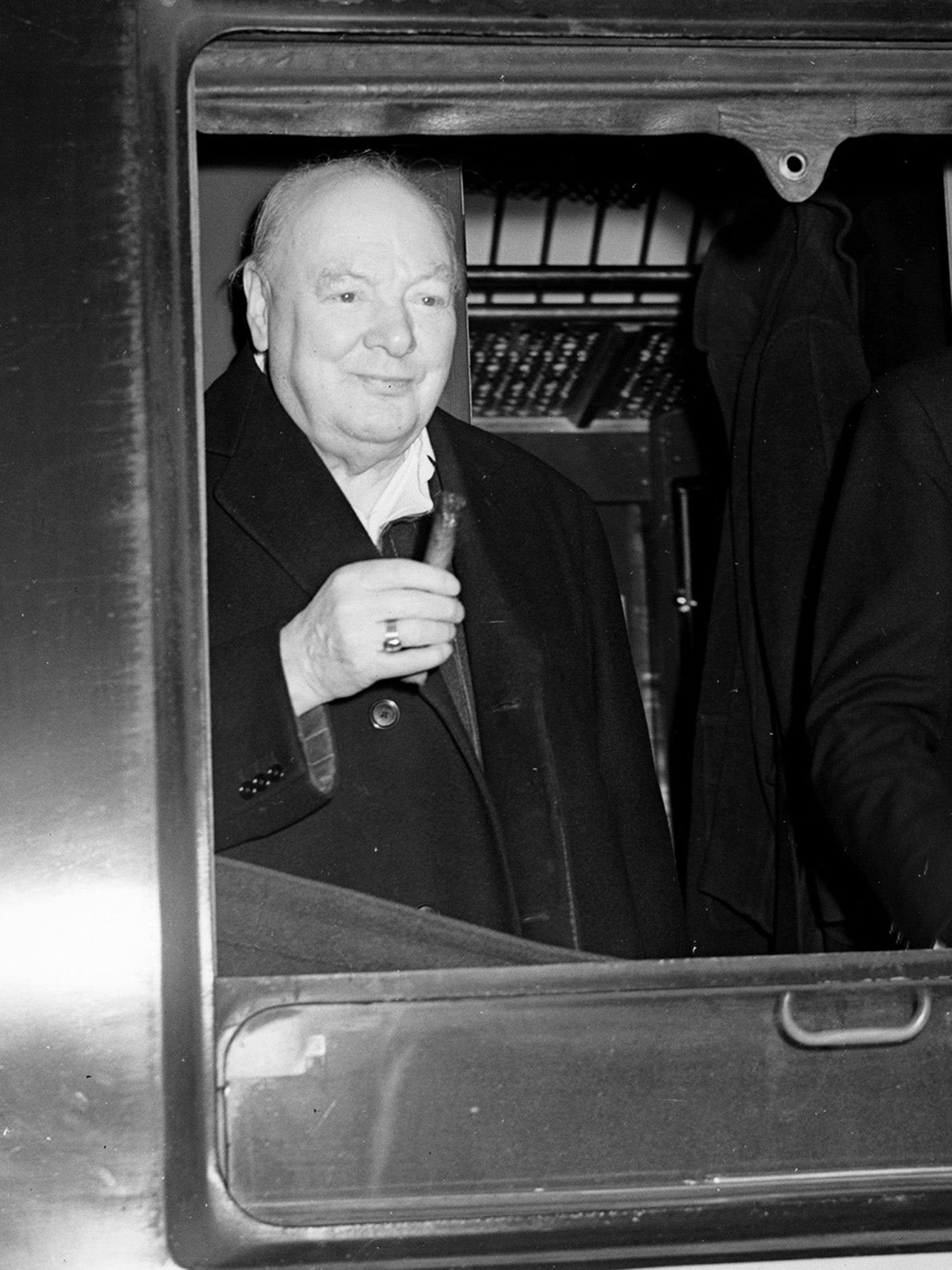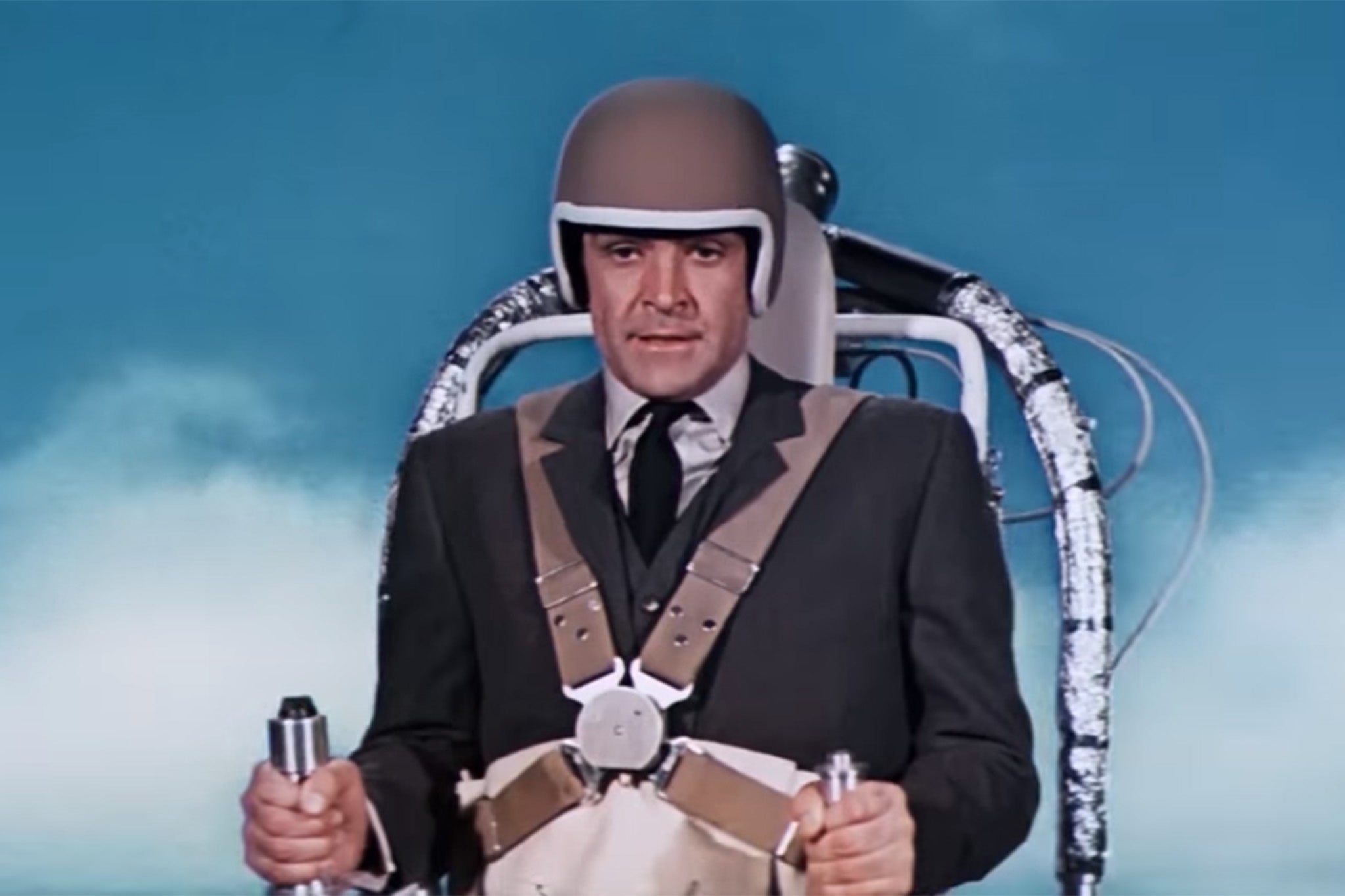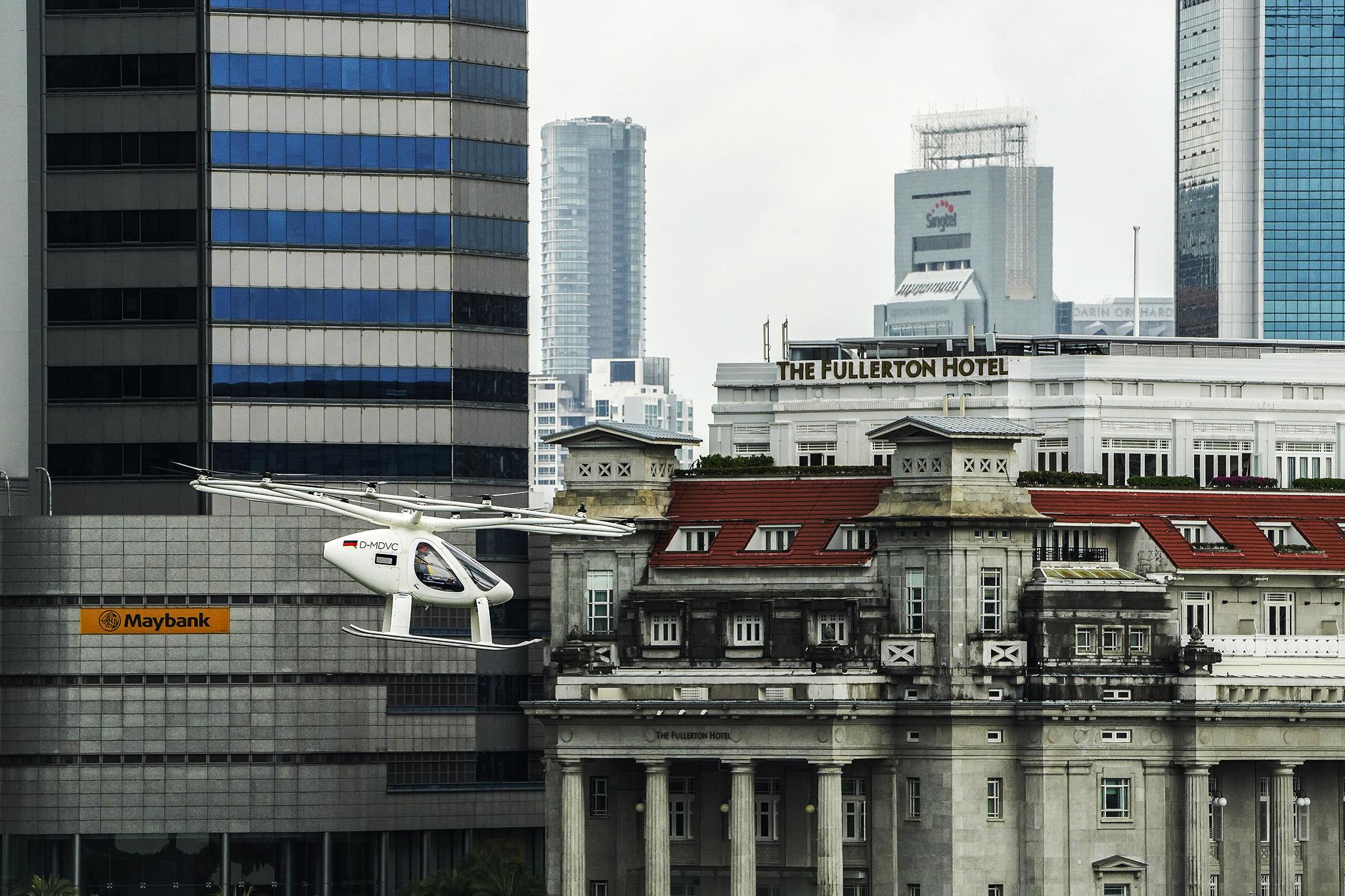Ninety years is a long time to wait, but at last the flying car is almost here
Start-ups around the globe are working to make scenes from films like ‘Metropolis’ a reality. Steven Cutts looks at the advances in technology that are bringing us closer than ever before


More than 90 years ago, visionary filmmaker Fritz Lang released his undisputed masterpiece, Metropolis. For his opening scene, Lang gave us a panoramic shot of a new and imagined city, filled with Manhattan-style tower blocks and lots of tiny helicopters. The special effects were primitive but there are two key facts to remember about Metropolis.
At the time, it was the most expensive movie ever shot and it doesn’t have any sound. The story is told using flash cards and the actors never speak. Incredibly, Fritz and his team managed to invent all this before the rest of the industry had introduced sound to the movie theatre.
Such was the influence of that one iconic shot that it continues to be referenced in virtually every sci-fi movie you’ll ever see, in particular the cityscapes for Blade Runner and many of the Star Wars films.
But there’s more to that image than the skyscrapers. What about the timeless vision of a city and a life where we can all zip along in our very own flying machine? Ever since Metropolis, we’ve been waiting for a mini helicopter to touch down on our own driveway and ever since then, we’ve been disappointed. The famous final scene in Back to the Future is about as good as it gets and – until very recently – the vision of a flying car remained the stuff of fantasy.
Now, at long last, we are on the threshold of an airborne revolution. Right now, there are around 150 start-up companies on this planet, trying to develop a flying car. I say “car”, most of these vehicles are designed purely for flying but in so far as they are designed to transport people across ordinary places, they might be regarded as a car.
A machine that can take off and land in your own back yard is a challenge since most aircraft stay airborne using wings and not propellers
Why? Well, there are all kinds of reasons really. The main problem with a flying car is compromise. We already have a machine that can function like a car and you probably own one. Drive it to the local airfield and you can quickly transfer to another machine called a light aircraft. Once the aircraft takes off, it doesn’t need many of the features of a car that are so heavy and of so little use in fight. A machine that can take off and land in your own back yard is harder still since most aircraft stay airborne using wings and not propellers. In spite of this, there have been countless attempts to build an affordable and personal flying machine, none of them remotely successful.

During the 1950s, the ageing British prime minister, Winston Churchill, was presented with an elaborate proposal for railway investment. The report was optimistic and pointed to the obvious advantages that an enhanced railway system would bring, but one of Churchill’s aides was more sceptical, attaching as he did a note warning him that railways were old hat. The Second World War had seen spectacular advances in aircraft technology and it seemed inevitable that this process would continue. Within another 10 years, it was argued, we might all own a personal helicopter and railways would become a thing of the past. The above mentioned documents have long been declassified and there is a section where Churchill has scribbled something in the margins along the lines of “I agree”.
The rocket-propelled jetpacks of the 1960s were fantastically exciting and they were one of the few inventions that did exactly what it said on the tin, but they could only stay airborne for about 30 seconds
Needless to say, Churchill and his advisers were wrong. The railways are still awaiting investment and most of our personal transportation machines can’t fly. The engineers and innovators who had tasked themselves with this challenge ran into technical obstacles that they were unable to overcome and there are now more people in Britain travelling by train than ever before.
Undeterred by the challenge of getting an entire car in the air, other engineers started to think about ditching the bodywork and just sending the passenger up. The rocket-propelled jetpacks of the 1960s were fantastically exciting and they were one of the few inventions that did exactly what it said on the tin, but they could only stay airborne for about 30 seconds and in practice, they were of very little use. In the last few years, several groups have produced a next generation of jetpacks that enable a user to keep flying for half an hour or so. These machines are using jet rather than rocket technology. Check out the British company Gravity on social media and try to convince yourself that you’re watching something that is real and not a figment of your imagination.

Flying around with a huge jetpack on your back can be tiresome and with this in mind, the French adventurer Franky Zapata managed to build himself a flying skateboard with the fuel tank tucked away in his rucksack and the engines on the actual board. Eager to make his mark, Zapata managed to cross the English Channel in August 2019 and on only his second attempt. As you may have guessed, you can find his achievements on YouTube quite easily, and a thoroughly spectacular achievement it is. When I was a kid, I would have found this kind of thing absolutely thrilling, but as an adult, I can’t help but wonder how many people are going to abandon their usual commute and try to fly to work on a flying skateboard.

If you want a truly disruptive technology, you’ve got to build a machine where the passengers are sealed in and protected from the elements, something that doesn’t need a performance athlete to stay upright and something that any of us might want to buy.
And on that note, it’s important to remember that we already have the helicopter. Helicopters have long been a favourite of the super-rich but they have limited applications for the general population. They make a lot of noise, they blast air everywhere and they’re expensive to operate. Worse still, they need at least one professional pilot.
An Israeli group has long been trying to market a so-called flying mule that uses an internal combustion engine but this is designed for the military as a casualty evacuation machine. There are no obvious rotor blades and it carries just one man on a stretcher. But the internal combustion is still quite noisy and there is a well-established trend towards electric technology. If we want to start flying these things 24/7 around ordinary cities, we’re going to need something that is virtually silent.

In the past 10 years, several companies have attempted to build a machine about the size of a car that could take off and land vertically without the obtrusive rotor blades that we associate with a helicopter. Many of these machines use “ducted fans” which make them more acceptable to the general public. Better still, most of them are powered by batteries with the result that they eliminate most of the noise. When adapted for vertical take-off and landing, such electrically powered vehicles have been described as “evtol” vehicles. In the near future, it ought to be possible for evtol vehicles to fly autonomously without the need for a human pilot.
Why is all this happening? One explanation is the dramatic advances in material technologies. It’s easier to get off the ground if you don’t weigh very much and modern composites have given us the chance to build incredibly lightweight machines. Secondly – and as you may have noticed – recent advances in battery technology are starting to make electric cars look much more credible. Lithium-ion batteries store more energy than their predecessors, although they’re still pretty poor in comparison to a gallon of petrol. (A kilo of petrol contains 60 times more energy than a fully charged 1kg lithium battery.) If you had to look at the electrically powered flying cars in development right now and you understand anything about the maths involved, you might well feel inclined to shelve the entire concept and come back when the batteries are ready.

Nevertheless, the British start-up company Skyports is now active in Singapore. Its first operational vehicle is the German-made Volocopter which relies on drone rather than helicopter technology. Needless to say, the forward-thinking Singaporean government has been more than cooperative with this project.
Think about it. The roads in a modern city are always congested, it costs a fortune just to maintain them and if just a tiny fraction of the people on a road start to fly, congestion will fall and road traffic speed will rise again. In principle at least, a flying taxi can travel in a straight line and has obvious application in airport transfer duties.
If we can eliminate the wages of the human pilot then the price of an air taxi to the airport may be only marginally higher than its ground-based rival
Time is money for the wealthy businessmen and women of this world and if a two-hour transfer can be cut to 10 minutes, they’ll be willing to pay for it. To begin with the Volocopter will have pilots but there are elaborate plans for them to take off and land autonomously. If we can eliminate the wages of the human pilot then the price of an air taxi to the airport may be only marginally higher than its ground-based rival.
If you think this sounds too good to be true, you might be right. There is a downside to this kind of technology. In some Brazilian cities, there is a vogue for the super-rich to travel between one penthouse apartment and another using a conventional helicopter. Traditionally, helicopters were seen as the accessories of the very wealthy but once evtol becomes mainstream, the entire middle-class population may find it easier to overfly the poor rather than drive past them. The elite have never been particularly keen on meeting the proletariat and it’s hard to imagine anybody being more aloof than a well-healed businessman in his very own autonomous evtol vehicle.

There are other issues too. Inevitably, some people will balk at the thought of taking off in a machine that has no pilot, but if the next generation of autonomous vehicles is successful, they may be rapidly accepted. Remember that eliminating the pilot will do more than eliminate their salary. The current batch of prototypes are struggling to carry more than two passengers and if we can replace the weight of the pilot with a third paying passenger, costs will surely fall further.
The implications of having hundreds of flying vehicles in the air at once will need careful planning. Given that most traditional cities are built around rivers, it may be that the first wave of flying taxis will travel along the route of the river to minimise the risk of damage in the event of a crash. As with electric cars, battery-powered air taxis will require elaborate recharging facilities and the machines being developed will be in need of a recharge within 30 minutes – but in the first instance, 30 minutes should be enough to establish an entirely new and exciting industry that is surely long overdue.
Steven Cutts is a doctor and science writer. His sci-fi novel ‘The Village On Mars’ is available on Amazon
Join our commenting forum
Join thought-provoking conversations, follow other Independent readers and see their replies
Comments